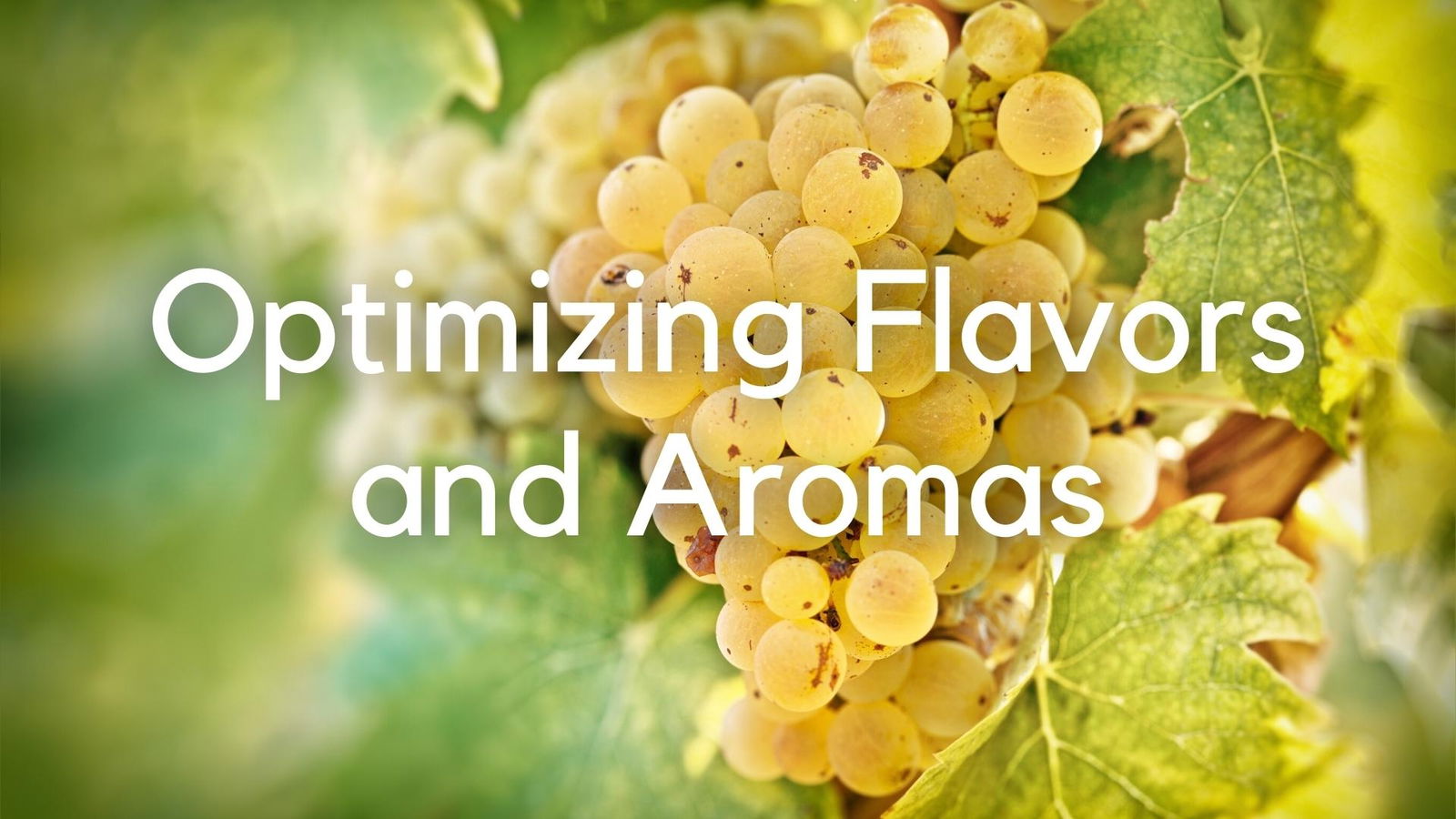
Optimizing Flavors & Aromas in Wine Grapes
Summary:
Do you prefer Rieslings that are floral or fruity? Or do you appreciate an Old World style of Riesling with a petrol character?
Regardless of your preference, the characteristics of the wines you enjoy come from the vineyard. Climate, site, and vineyard management practices directly impact the production of specific flavors and aromas in wine grapes.
In this session you will learn how the unique Riesling qualities you value are produced in the vineyard and how climatic variation impacts those traits.
Presenter: Justine Vanden Heuvel
Justine Vanden Heuvel is an Associate Professor in Cornell Universitys School of Integrative Plant Science. She is actively involved in both research and teaching. She co-teaches the popular Wines & Vines class at Cornell, as well as more advanced courses including Principles and Practices of Growing Grapes and Making Wines.
Dr. Vanden Heuvels research focuses on optimizing flavors and aromas in wine grapes, and improving both the environmental and economic sustainability of wine grape production systems in cool climates. In response to the broad needs of the grape and wine industry, her program has established a strong focus on multi-disciplinary and collaborative approaches.
Dr. Vanden Heuvel is widely published in the field, with some of her most recent work appearing in the American Journal of Enology and Viticulture, Journal of Agricultural and Food Chemistry, HortTechnology and the Australian Journal of Grape and Wine Research. She is currently writing a textbook intended for college-level introductory courses in Viticulture and Enology.
Bibliography
- Reynolds, A.G., I.V. Senchuk, C. van der Reest, C. de Savigny. 2007. Use of GPS and GIS for elucidation of terroir: Spatial variation in an Ontario Riesling vineyard. American Journal of Enology and Viticulture 58: 145-162.
- Fischer, U., D. Roth, and M. Christmann. 1999. The impact of geographic origin, vintage, and wine estate on sensory properties of Vitis vinifera cv. Riesling wines. Food Quality and Preference 10: 281-288.
- Meyers, J.M., G.L. Sacks, and J.E. Vanden Heuvel. 2013. Glycosylated aroma compound responses in Riesling grapes to cluster exposure and vine yield. HortTechnology 23: 581-588.
- Vanden Heuvel, J.E. and T.L. Preszler, 2014. Cluster thinning in Late Harvest Riesling: Does it pay? Wines and Vines Magazine, May issue: 90-97.
- Kwasniewski, M.T., J.E. Vanden Heuvel, B. Pan, and G.L. Sacks. 2010. Timing of cluster light environment manipulation during grape development affects C13 norisoprenoid and carotenoid concentration of Riesling. Journal of Agricultural and Food Chemistry 58: 6841-6849.
- Reynolds, A.G., D.A. Wardle, M.A. Cliff, and M. King. 2004. Impact of training system and vine spacing on vine performance, berry composition, and wine sensory attributes in Riesling. American Journal of Enology and Viticulture 55: 96-103.
- Preszler, T.L., T.M. Schmit, and J.E. Vanden Heuvel. 2010. A model to establish economically sustainable cluster thinning practices. American Journal of Enology and Viticulture 61: 140-146.
- Preszler, T.L., T.M.Schmit, and J.E. Vanden Heuvel. 2013. Cluster thinning reduces the economic sustainability of Riesling production. American Journal of Enology and Viticulture 64: 333-341.
- Reynolds, A.G. and J.E. Vanden Heuvel. 2009. Influence of grapevine training systems on vine growth and fruit composition: A review. American Journal of Enology and Viticulture 60: 251-268.
Learn more about French wines with the French Wine Scholar study & certification program.

